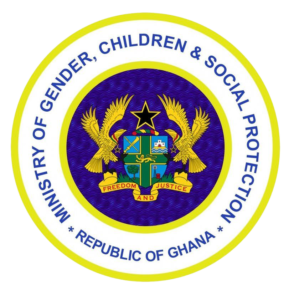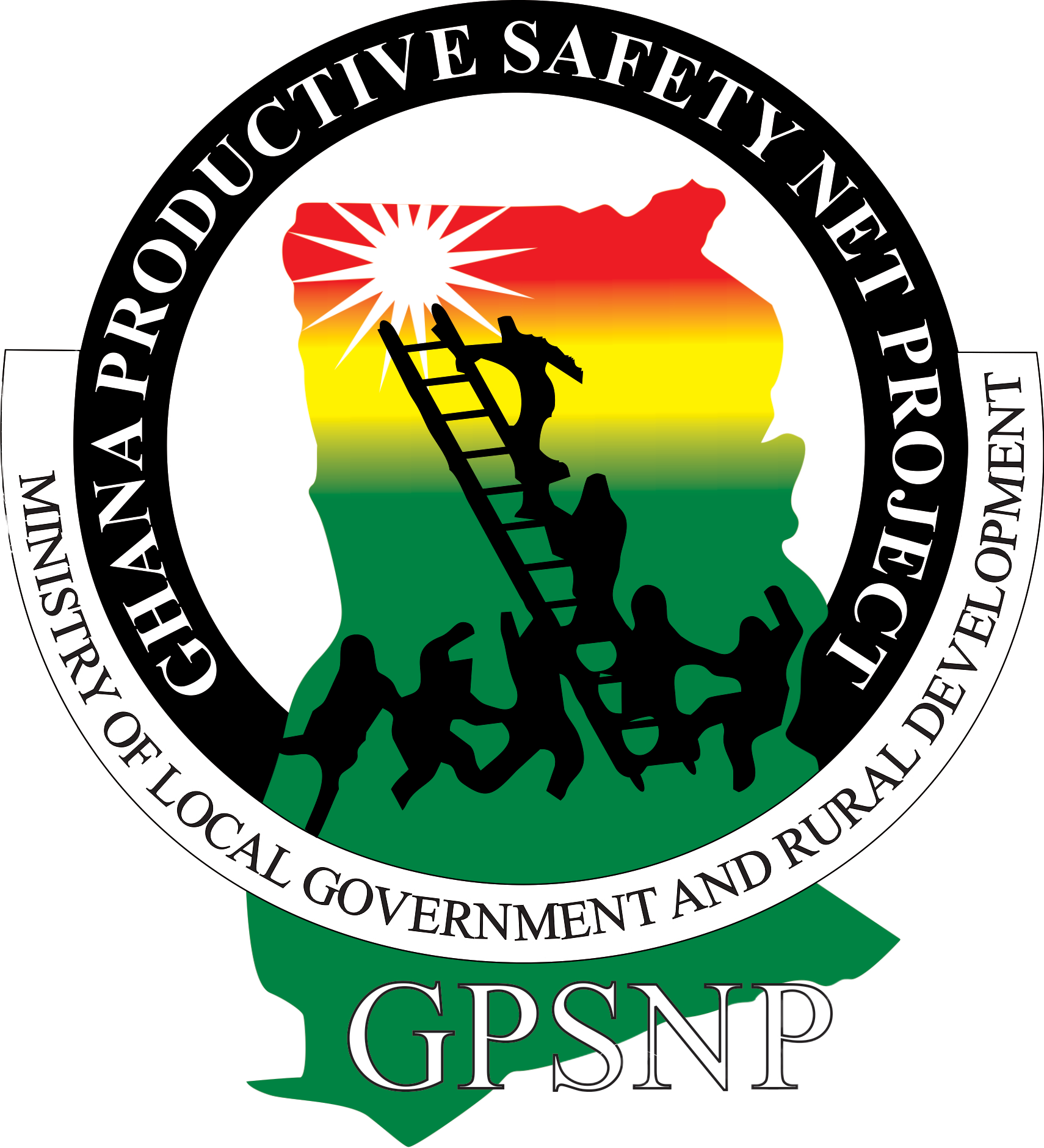Project Components
Productive Inclusion
Aimed at providing incoming earning opportunities to the poor (beneficiaries from LEAP and LIPW households) through the promotion of micro-enterprise/ sustainable livelihood activities and linkages to agriculture support.Designed to reach at least 60,000 LEAP and LIPW Beneficiaries across 121 districts
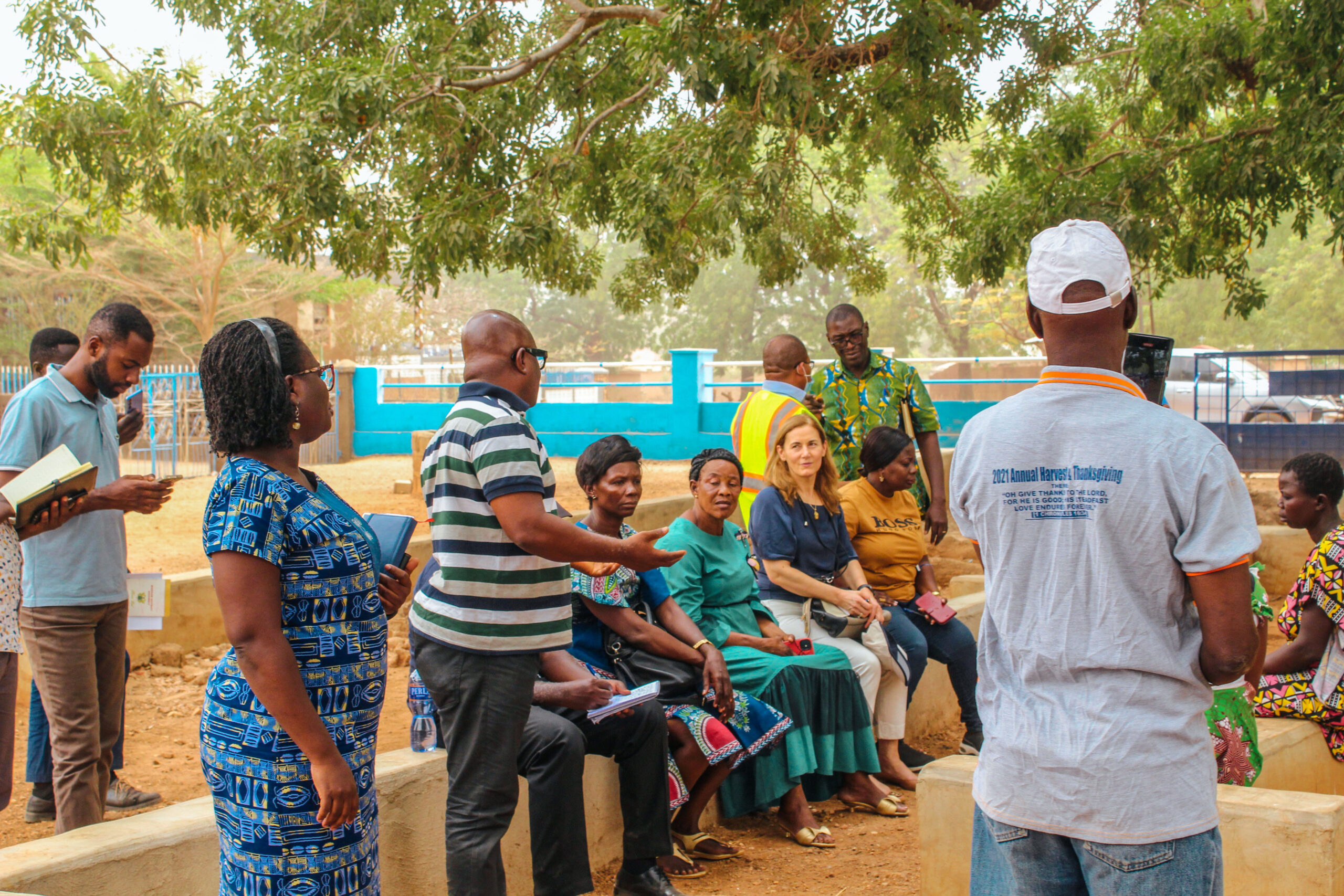
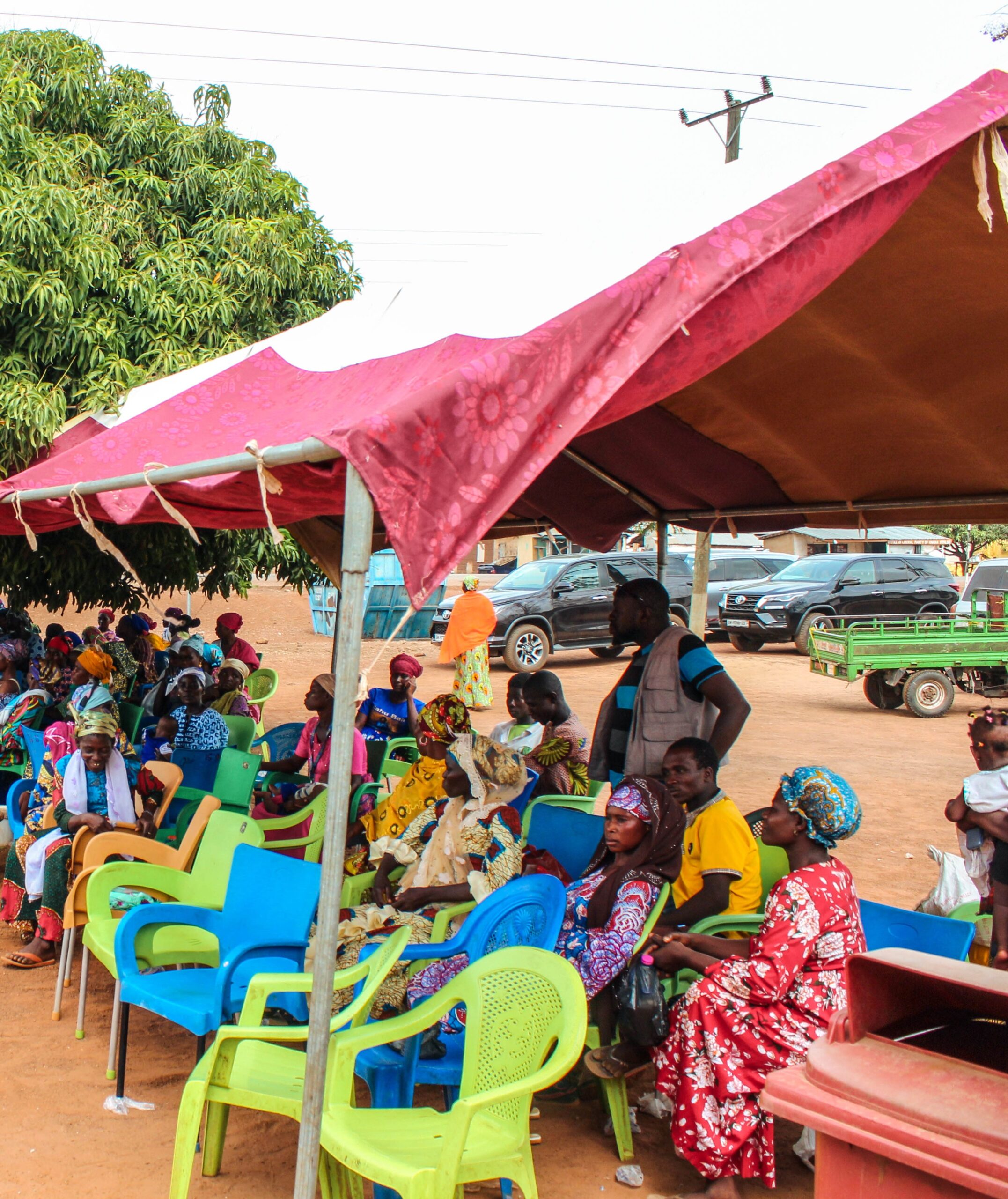
The GPSNP is to be implemented jointly by the Ministry of Local Government Decentralisation and Rural Development (MLGDRD) and Ministry of Gender, Children and Social Protection (MoGCSP), with the former having responsibility for Components 1, 2 & 5.2 whiles MoGCSP takes responsibility for Components 3, 4, & 5.1. Component 6 offers built-in flexibility to GPSNP 2 to rapidly reallocate financing to support needed relief and recovery efforts (through the Government’s pre-existing main, or other emergency, social safety net programs) for the poor and vulnerable in a future disaster or crisis that affects the country.
Component Description
The component is aimed at increasing access to income-generating activities for extremely poor households. This component will therefore finance a comprehensive set of support services to promote sustainable income earning opportunities. Specific activities to be conducted will include:
- Selection of beneficiaries
- Feasibility and market viability studies
- Information and sensitization campaigns
- Life skills training
- Micro-enterprise skills trainings
- Provision of start-up lump sum cash grants
- Mentoring and coaching
- Access to market opportunities
- Financial inclusion activities
- Complementary services to improve health, nutrition and education among beneficiaries and assist enrolled beneficiaries who may be interested to constitute themselves into cooperative to enjoy the benefits therein.To improve the agricultural productivity of extremely poor beneficiary households, the component will also promote activities aimed at facilitating linkages to existing agriculture programmes and projects. Through this support, it is expected that selected beneficiaries will have sustainable livelihoods which will facilitate their graduation from extreme poverty.
The component will build on experiences and lessons learned from the pilot Productive Inclusion (PI) schemes supervised by the MLGDRD, namely the CLASS Component under GPSNP, Community Development Fund (CDF) – a community-based micro-credit scheme under the Rural Community Poverty Alleviation Pilot Project (RuCPAPP); the GoG-funded Complementary Income Generation Scheme (CIGS); and the Income Generation Scheme for Extreme Poor Persons that was piloted in the Upper East Region and funded by the Japanese Social Development Fund. International good practices will also be employed for successful implementation.
Component Objective and Indicators
The objective of this component is to support productive inclusion activities for poor households in targeted communities. Specifically, the Productive Inclusion component of the GPSNP2 is intended to assist poor households establish and engage in enterprise activities and increase agriculture productivity that will guarantee them sustainable incomes. The results of this component will be tracked using the relevant project outcome and process monitoring indicators as outlined under Annex “A” of the Project Operational Manual (POM).
Funding and Scope
This component will be funded with a budget of US$15,000,000.00, financed from the International Development Association (IDA).
Activities under the component will be implemented under two (2) sub-components namely Complementary Livelihood and Asset Support Scheme (CLASS) and Linkages to Agriculture.
COMPLEMENTARY LIVELIHOOD AND ASSET SUPPORT SCHEME (CLASS)
The objective of this sub-component is to increase access to income-generating activities for poor households through the implementation of a set of interventions that will enable these households establish enterprise/livelihood activities that will be managed in a sustainable manner. Under this project, this subcomponent will continue to support the continuation, reform, expansion, and strengthening of CLASS, specifically,
- Expansion of CLASS coverage in poor rural communities; and
- Extension of CLASS to urban areas.
The CLASS intervention seeks to support an expected 35,000 poor households. Beneficiaries will be drawn from LEAP and LIPW households, and potentially expanded to qualifying households based on GNHR data.
Within the context of the GPSNP2 beneficiary communities within urban areas refers to poor settlements/ communities within urban Assemblies (MMDA) based on the latter’s poverty profile/map or relevant GSS data
Linkages to Agricultural Support
It is general knowledge that most extreme poor households rely on agriculture, specifically subsistence farming, as their main source of livelihood. Experience from the predecessor projects (GPSNP and GSOP) has shown that even though beneficiaries engage in farming, this is only done on a limited scale. This is due to resource and financial constraints that these families are faced with, which does not allow them to operate at a scale that will enable them sufficiently meet their household needs through proceeds from their agricultural activities.
Get In Touch
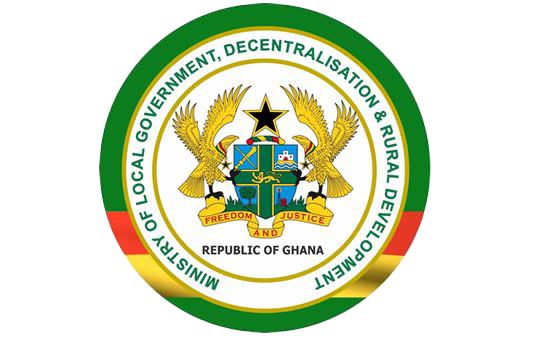
Agric Engineering Directorate Off-Elwak Burna Camp Road Former Home Touch Junction P.O.Box CT 3742
Call +233 302 770246
helpdesk@gpsnp.gov.gh
Financed By

Implementing Partners
